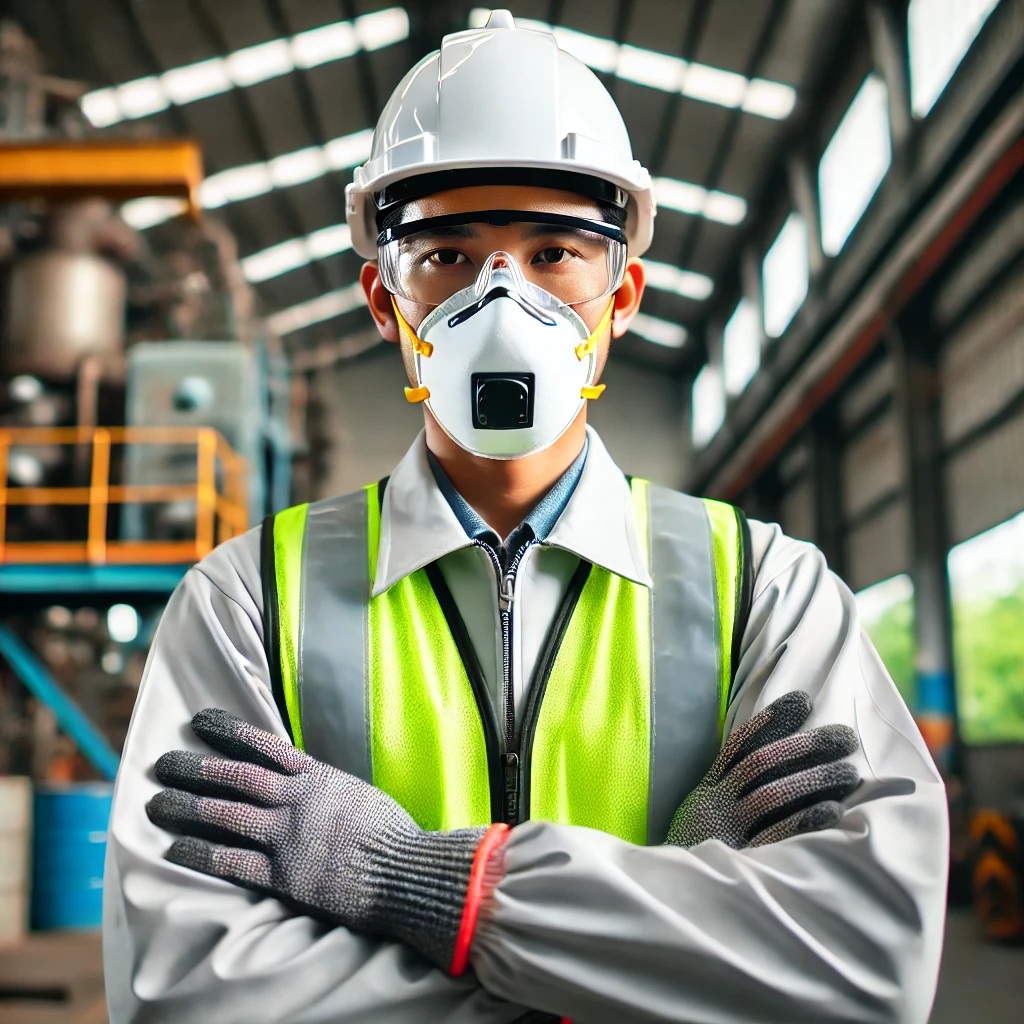Introduction
Worker safety is a top priority across all industries, from construction and manufacturing to healthcare and chemical processing. Ensuring that employees are protected from workplace hazards requires the right Personal Protective Equipment (PPE) and safety gear. In this blog, we will explore the importance of PPE, the essential safety equipment for different industries, and best practices for ensuring worker protection.
Why Worker Protection Matters
Workplace injuries and accidents can have severe consequences, including lost productivity, financial costs, and, most importantly, risks to human life. Implementing proper safety measures and equipping workers with PPE products significantly reduces these risks and ensures compliance with workplace safety regulations.
Essential PPE Products for Worker Safety
Depending on the industry and nature of work, different types of safety equipment are required. Here are some essential PPE products that help protect workers:
1. Head Protection
- Hard Hats: Prevents injuries from falling objects and head impacts.
- Bump Caps: Suitable for low-risk environments to protect against minor bumps and scrapes.
2. Eye and Face Protection
- Safety Goggles: Shields eyes from dust, debris, chemicals, and hazardous liquids.
- Face Shields: Provides additional face protection, often used in welding, healthcare, and laboratory work.
3. Hearing Protection
- Earplugs & Earmuffs: Reduces noise exposure, essential in high-decibel environments like factories and construction sites.
4. Respiratory Protection
- Face Masks (N95, FFP2, and FFP3): Protects against airborne particles, dust, and harmful gases.
- Respirators: Provides advanced protection against toxic fumes, chemicals, and vapors.
5. Hand Protection
- Work Gloves: Available in different materials like leather, rubber, and cut-resistant fabric, protecting against chemicals, sharp objects, and extreme temperatures.
- Anti-Vibration Gloves: Designed for workers operating heavy machinery to reduce vibrations and prevent injuries like Hand-Arm Vibration Syndrome (HAVS).
6. Body Protection
- Coveralls & Safety Suits: Used in hazardous environments, including chemical, medical, and construction industries.
- High-Visibility Vests: Ensures workers are easily visible, especially in low-light conditions.
7. Foot Protection
- Safety Boots: Reinforced with steel or composite toes to protect against impact, compression, and punctures.
- Slip-Resistant Shoes: Prevents falls in workplaces with wet or slippery surfaces.
8. Fall Protection
- Harnesses & Lanyards: Essential for workers operating at heights to prevent falls.
- Guardrails & Safety Nets: Additional measures for securing elevated workspaces.
Best Practices for Implementing PPE in the Workplace
To maximize worker safety, businesses should follow these best practices:
- Assess Workplace Hazards: Conduct risk assessments to determine the necessary PPE for each job role.
- Provide Quality PPE: Ensure workers receive durable and industry-compliant safety equipment.
- Train Employees: Educate workers on proper PPE usage, maintenance, and disposal.
- Regular Inspections: Frequently check and replace damaged or expired safety gear.
- Encourage a Safety Culture: Foster an environment where employees prioritize their well-being and report safety concerns.
Conclusion
Protecting workers with the right Safety Equipment and PPE products is essential for preventing injuries, ensuring regulatory compliance, and promoting workplace safety. By investing in high-quality protective gear and implementing strong safety measures, employers can create a secure and productive work environment. Prioritizing worker safety isn’t just a legal requirement—it’s a responsibility that ensures the well-being of every employee on the job.
